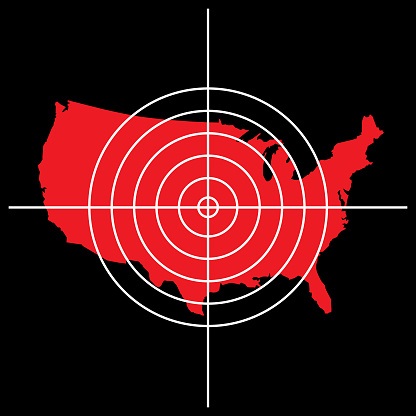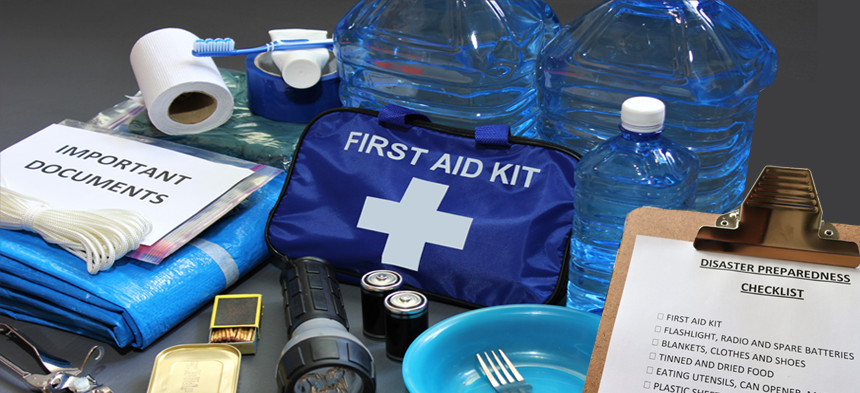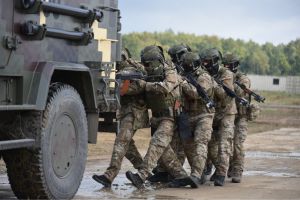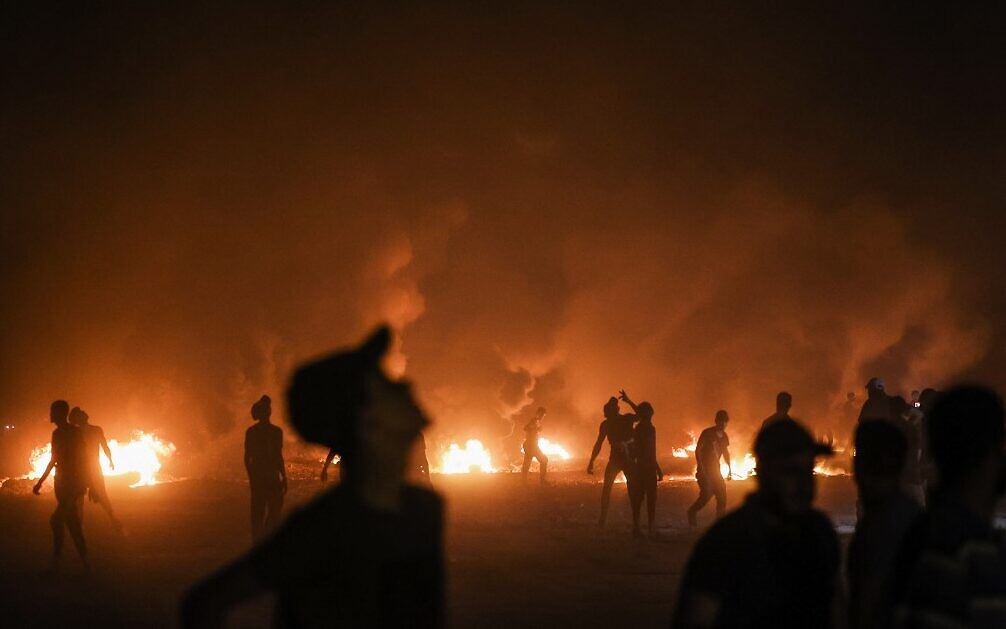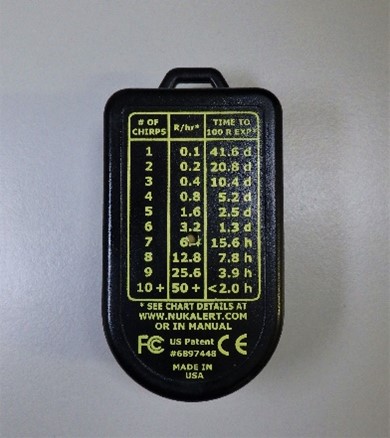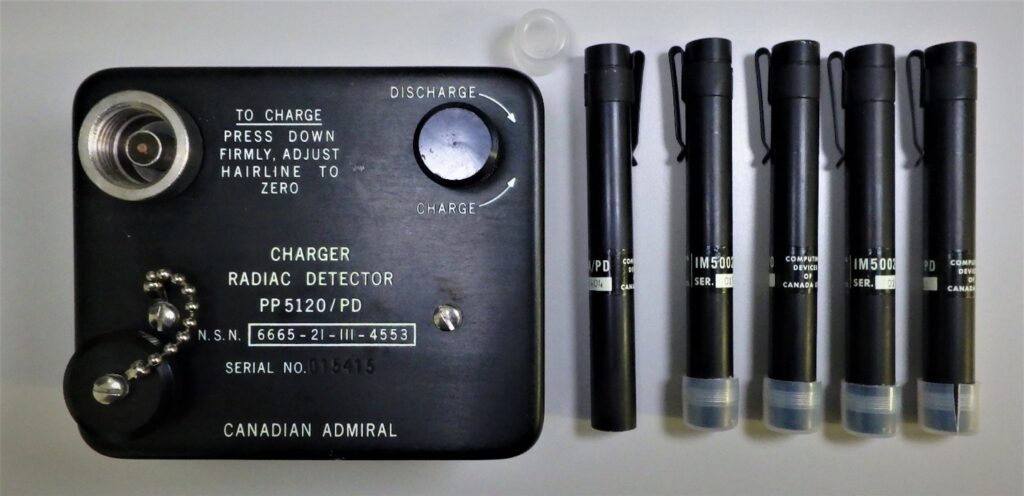It does not take much imagination to realize that our society will come crashing down without the cheap, steady flow of electricity. The world’s electric grids are the lifeblood of our modern lifestyle. Many predictions believe that if the electrical grid was shut down, by something like an electromagnetic pulse (EMP) or a very strong Coronal Mass Ejection (CME), then civilization would be thrown back into the 1800s. Some predictions even think the 1700s or even further back. Regardless of what time period we are all transported back to, we are going to have to find ways to replace all the modern conveniences, instantly made useless, that we currently depend upon for our daily life and survival.
As a society, we do not realize how good we have it. Americans and others enjoy several hours of “free time” compared to those living in the 1700s and 1800s. All that “free time” will evaporate along with the electricity. Many of us stock months or years of food and other supplies to hopefully survive long enough for society to get back on its feet, that is for the power to be restored. Society getting back on its feet will take people with the knowledge, skills, and the tenacity that spurred the Industrial Revolution. However, unlike our ancestors, our generation will have some disadvantages. These disadvantages are nothing that cannot be overcome with a little foresight and preparation.
When the great industrialists and inventors of the late 19th and early 20th century invented, developed, and manufactured their products, they were built with the technology of their day. It was the blacksmiths and their forges that helped build the machines and tools used to usher in the Industrial Revolution. It was computer-programming languages like Pascal and COBOL that laid the foundation for our current digital technological wonders, like artificial intelligence. But as technology progresses, the old technology disappears the building blocks to help rebuild from a catastrophic collapse are lost. So, in order for the people in today’s world to start re-building the low technology machines of the early 1900s the technology of the late 1800s will have to be recreated.
A DAY IN THE LIFE OF THE APOCALYPSE
I like reading post-apocalyptic fiction, but it never ceases to amaze me how many authors make a day in the life of an apocalypse survivor seem like a cakewalk. Can this be what the authors really think life will be like? We moved to our bug-out-location full-time in the summer of 2019. Our “spare” time is spent building infrastructure for us to use to survive TEOTWAWKI. We have cows, pigs and chickens. Feeding and watering our animals, who will feed us, takes about a half hour to hour each day thanks to electric. In the summer watering is an easy task, but when the temperatures fall, the days become shorter and snow is on the ground, it is not so easy. Then I think about how my ancestors had to manage these same chores and how good I really do have it.
Last year we did not have any electricity in our barn. This year we do and we feel spoiled. I recently sold two piglets to an Amish neighbor. I realized how much we take for granted something as simple as lights in a barn. When we got to the Amish neighbor’s barn with his piglets, his wife and a few kids were busy milking the family cow as we got the piglets into their new home by the light of headlamps. Thinking about this, most tasks we do in the night will be done with light from some other source than a lightbulb powered by the grid. I see and hear many preppers talk about having generators and fuel stored but at some point, those will be used up. Then, our survival will be by the sweat of our brow, instead of the internal combustion engine or the electric motor powering the world.
So, how do we prepare to live a life that resembles that of the 1700s or 1800s? Very simply, we find the tools, devices and methods used in those time periods and learn how to use them. Let us look at some long-forgotten things and some items that are still around but their utility has been marginalized compared to what it was back in the pre-industrial revolution days.
CALLUSES WILL MAKE THE WORLD GO AROUND, NOT OIL
About 42% of Americans are deemed to be “overweight” compared to about 10% in the 1950’s. Instead of burning hundreds of calories collecting and cutting wood to stay warm, we instead turn up the thermostat via our smartphone without expending 100 calories. Our great technological advances have, unfortunately, made us lazy. Our lives do not require us to burn calories doing simple everyday tasks that need to be done for our survival. I think it was in the movie Cool Hand Luke, where one of the characters says, “Laziness breeds inefficiency.” It isn’t that we want to be lazy, it is that societal norms have driven many of us to a life style that does not necessitate much, if any, manual labor. However, when technology fails, we become an inefficient society. As Preppers, we should not fall into this trap.
I like to use non-powered hand tools when I can. Why? Simply so my body becomes accustomed to using those tools. I can also gauge how long a task may take in a post the end of the world as we know it (TEOTWAWKI) world. It also keeps me from falling into a pattern of always choosing the easiest way to do something (That is not to say I do not own and use cordless tools). It is good to sometimes do things “the hard way” that way when we are not given a choice, we don’t view it as “the hard way” but just another way. Of all the years reading about survival, I have never read anything about the need for calluses for survival. Our forefathers had callused hands, we need to consider this and try to get our hands prepared for hard use in a post-electrified world. The good news is developing calluses on our hand does NOT require money but rather time. The best way to do this is to look for tasks that you will have to do post-TEOTWAWKI. For example, I split our wood with a hand maul. Other examples could be using a shovel instead of a snow blower or using a rake instead of a lawn tractor to bag the Fall leaves for composting. Get your hands prepared now, they will thank you later.
WHEN THE #10 CANS AND 5 GALLON BUCKETS RUN OUT
I consider myself Blessed to have a decent supply of food stored away, but I do not have illusions that the world will be “back to normal”, should we suffer an EMP or massive CME, before our food runs out. That means we must be ready to scale up our food production right after a TEOTWAWKI event. To do this, we have had to study the past to prepare for our future. As agriculture has changed, it has gotten to the point where it is highly dependent upon electricity, like everything else in our world. As a Prepper, I am trying to be prepared to farm without all the new farming technology. Some of our adaptions follow.
CULTIVATION
With a little education and preparedness, we do not have to live like a peasant in medieval times post-TEOTWAWKI. Instead of your family and others spending most of the day tilling the land with shovels, we can incorporate some more modern technology to help grow our crops. There are two basic choices, hand tools or implements that are pulled or pushed. At one point in history, humans pulled plows but animals, being more efficient, quickly replaced humans. Some of the first plows in the American colonies were made of wood then metal ones became all the rage around the 1880s. A post-TEOTWAWKI world will require us, at some point, to till the land. We have several raised beds and three patches of land that we currently rototill. Since these plots are already tilled regularly, they will be somewhat easier to till in the future without modern means. So, perhaps I do not need a single bottom plow and a team of oxen, perhaps I can get by with an old-style push powered wheeled cultivator to break up our soil. The nice capability of some of the push-powered wheeled cultivators is that you could change the “implements” depending upon the task needing to be done. Another possibility is the use of pigs. Pigs are very good at breaking up the ground by rooting with their snout.
PLANTING
A good old-fashioned seed broadcaster maybe a good device to put back as well. The good news is they still manufacture these. I use mine in the mid-Spring to seed my hay field. I use a technique an old timer passed down to me. The method requires no tilling of the dirt. Just broadcast the seed right before it rains. When it rains, the seed will be transported into the “duff” or layer of decaying materials, where it should spout. I did this and had decent results. Another variation of this method was to broadcast the seed on a very dewy morning. Many of us may garden now but when commercial food production is non-existent, our gardening will need to expand to ensure we have food to last until the next harvest. A wheeled seeder will make quick work of planting many seeds and the saved time can be used for other important tasks. I normally plant my direct sow seeds individually by hand but post-TEOTWAWKI I will definitely be using the wheeled planter.
GROUND-DRIVEN
I originally was not going to get into haying, but I saw an opportunity to buy some used haying equipment cheaply. My tractor is on the smaller side so it will not run many of the newer power-take-off (PTO) driven implements. Instead, I bought a ground drive rake and Tedder that is powered by the wheels turning that in turn moves a chain to turn the rake and Tedder. Some would buy these pieces of equipment, manufactured long before I was born, as antiques but they will be operable in the post-TEOTWAWKI world. The Amish still use ground drive technology and have even offered to buy mine since these implements are getting harder to find. If the tractor can no longer operate, the ground drive equipment can be powered by oxen or horses.
HARVESTING
We have a couple old scythes that we can cut hay with or if we can use to cut grains like wheat or oats with. We even have extra handles put aside. Once a year we take them out and use them for a half hour or so. I have been studying the old art of making a haystack since we will not be putting our hay into hay bales post-TEOTWAWKI. Using a scythe takes some coordination and of course muscle. We also have some hand-held corn cutters for taking down stalks of corn, as well as, hand cranked corn-shellers that quickly and efficiently take the corn kernels off the cob. For out fruit trees we have a hand-held harvester that is a basket, made of wire, mounted on a long wood pole, that helps get the fruit high up in the trees.
HOURGLASSES
Many people no longer require hourglasses. Their usefulness has been relegated to a timer for board games. I recently picked up a vintage brass hourglass that wasn’t made in China. I timed the amount of time it took the grains of sand to empty several times. It took 3 minutes 15 seconds for it to empty so I assumed this was an old egg timer since it takes roughly 3 minutes to soft boil a chicken egg. The survival value in being able to measure the cook time of an egg is to help ensure the food is properly cooked thus limiting the possibility of contracting salmonella. An hourglass can also be used to time other processes as well.
THE ICE HOUSE
Where we live there are a few different sects of Amish. Some are allowed to use propane fired refrigeration, others rely upon the use of ice. Unlike the ice houses of 100 plus years ago, the Amish have capitalized on the use of Styrofoam. I have not been inside an Amish ice house yet, but have seen several from the outside and talked to a few Amish about them. I have also studied their making via the internet. So, where do the Amish get their ice for their ice houses? One day, the wife and I stopped at one of the local Amish bulk food stores. Outside were four pallets of red, 5-gallon plastic buckets with more scattered around their lawn. I asked if they were selling the buckets and they said “no” they were for making ice for ice houses. I talk to them about how they did it and they giggled and said they just put the buckets outside and let them fill up with rain water and then let them freeze, then get them out and stack them in the ice house. From talking with them their stored ice will last until the next winter. So, now we have another use for all those empty 5-gallon food buckets after TEOTWAWKI.
KITCHEN UTENSILS AND THE LIKE
There is no doubt that modern conveniences have drastically lessened the time for meal preparation. While today meal preparation ranges from 20 minutes to about an hour our foremothers were not so lucky. Eating is one of the basic survival tasks that we all must accomplish, but today most people don’t even consider it a “survival” task. Many of the kitchen utensils that our grandmothers used have been pretty much replaced with gadgets with electric motors. Blenders, food processors, electric coffee pots, toasters, have helped save time in the kitchen. I have been to homes that don’t even have a simple potato masher, since the people use instant potatoes. Many of the mixing spoons and spatulas are now made of cheap plastic and are from China. Good quality kitchen knives, that keep a good sharp edge, are no longer needed since food bought at the Piggly Wiggly is often already cut and cooked and just needs heated up in the microwave. We need to realize that, in the post-TEOTWAWKI world, we are all going to revert back to being our own butcher, baker and candle stick maker. Good quality knives will make our work both safer and quicker. Hand cranked meat grinders and food choppers will also save on time.
One of the assumptions, that I have made about post-TEOTWAWKI life, is that we will be needing larger pots and pans. Why? First, the preservation of the harvest will be much easier. This past Fall I spent a lot of energy and effort in preserving sweet corn. If I had had larger stock pots, I could have processed the corn much faster and saved on propane as well. I have picked up several large commercial grade pots and pans from the Salvation Army for next harvest season and for our post end of the world kitchen that will probably be feeding more than four people. When I go to auctions and second-hand stores, I am always looking for usable crocks. These will be used for brining, fermenting and storing things like meat, kraut and vinegar. Besides utensils I have been stocking up on packages of cheese cloth and 100% cotton muslin cloth for various task such as pressing apples. Since paper towels will be quickly used up, I have also stocked up on 100% cotton flour sack kitchen towels that can be washed and reused.
TUBS AND BASINS
Another item I do not recall being discussed in the Prepper world in having tubs and basins stored away. The good news is that most people do not see the utility in the old galvanized tubs anymore. In many instances their usefulness has been relegated to being a decorative plant holder so they are normally cheap on the second-hand market. In the late 1800s and early 1900s the old galvanized tub was the world’s washing machine and in many cases their bathtub too. Keeping things clean will help in cutting down on disease and in the case of clothes may prolong their life. I have a few ceramic wash basins and pitchers to use for personal hygiene in the post-electric world much like people used in the past.
COGS, SPROCKETS, BEARINGS, PULLEYS AND BELTS . . . OH MY.
We all use mechanical advantage in our everyday lives, but for the most part, we never give it much thought. We purchase our tools and devices with the calculations and parts already figured out and put together. At some point, in the post-electric world, people will need to hobble together machinery to help perform simple tasks. I will go out on a limb and say that most people, probably do not have an on-hand supply of cogs, sprockets, bearings, pulleys, and various belts. When I look at and study the tools and devices of yester years, I conclude that the simple cog and a handle to move a cog is the most under valued inventions that are still used today. When I look at my ground drive hay equipment, I see sprockets and cog and roller chain. When I look at my corn shellers, I see a series of cogs moved by a simple hand crank. Even the simple old hand-cranked mixer uses cog and a hand crank. It would be very advantageous to learn about the various aspects of mechanical advantage and the various configurations that turn regular human strength into industrial strength.
THE HUMBLE TREADLE
Most of use do not pay much attention to the value of the treadle. Watching a movie, we see a woman spinning wool using a spinning wheel, we may watch another movie and see a man sharpening an axe with an old sandstone fashioned to a bench and powered by the simple push of a foot. And let us not forget the treadle showing machine which was all the rage in a bygone era. The humble treadle provided power to many simple machines throughout the ages, and will enjoy a massive resurgence when the lights go out for good.
There are many, long forgotten, pieces of technology whose usefulness have been marginalized to relics in a museum or antique shop. As Preppers, we need to recognize that these old devices play a vital role in our TEOTWAWKI future. There usefulness is not just the task that they help do, but rather sharing the long-lost art of simple old technology. Google will not be around to ask what type of gear ratio or “V” belt you need in your post-electric world so learn as much as you can now.

